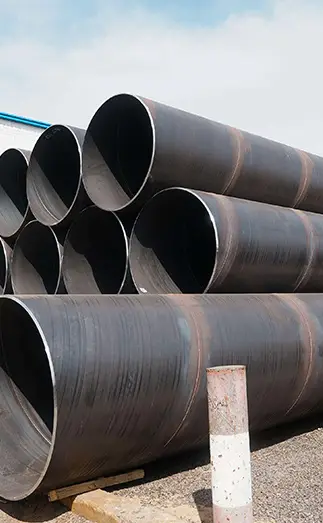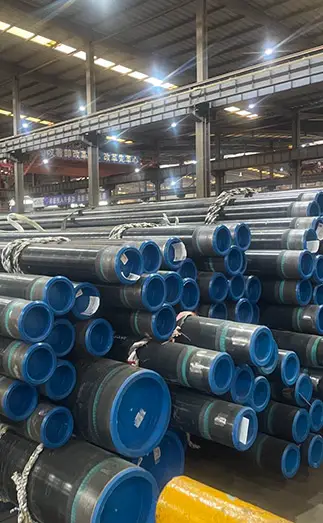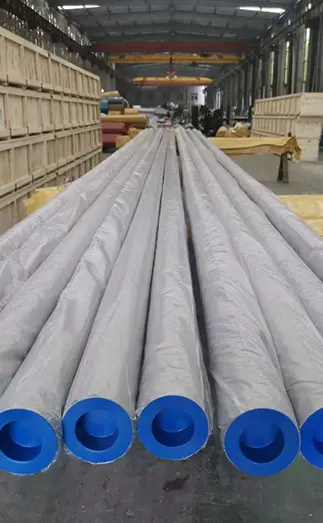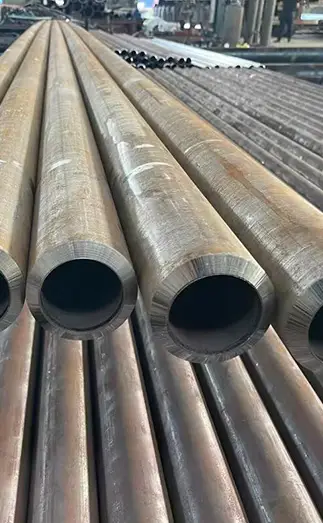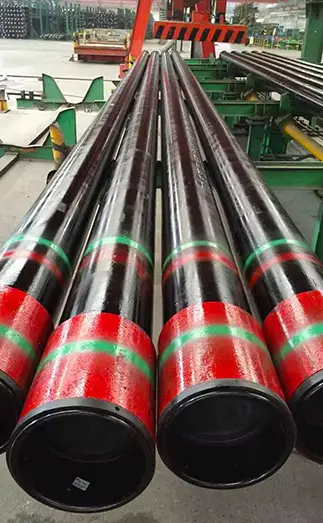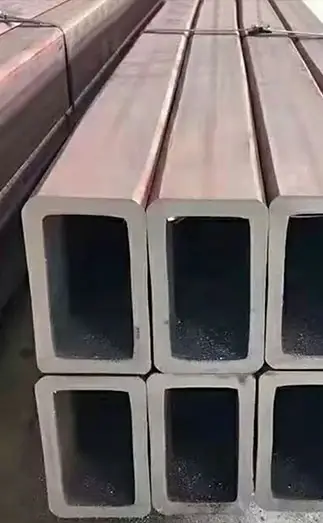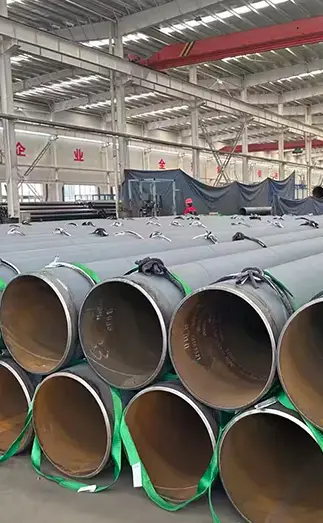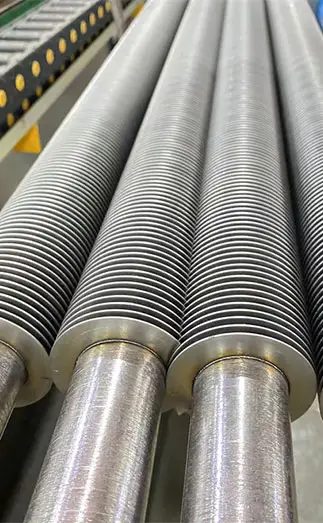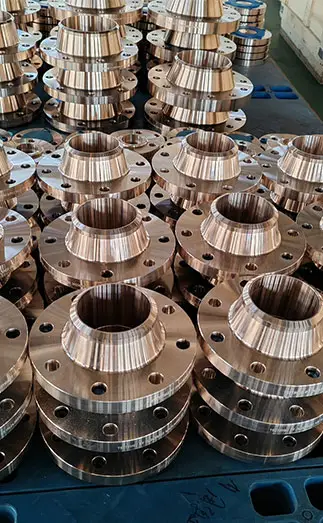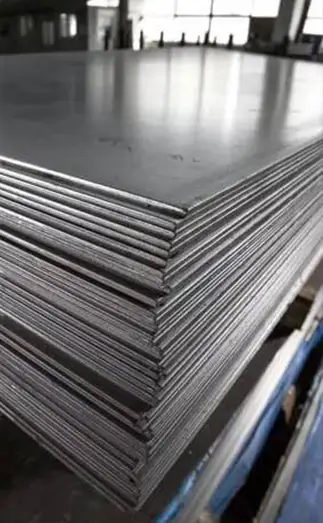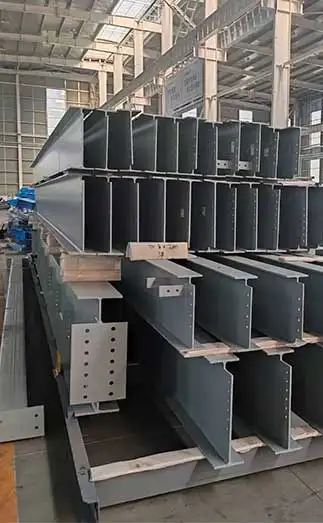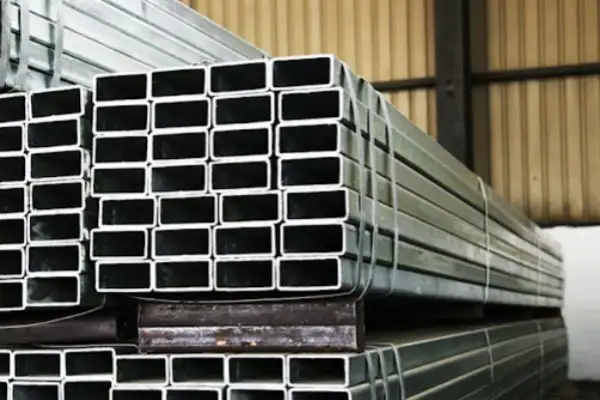Thick-walled seamless carbon steel pipes are produced using seamless processes like hot rolling, cold drawing, or extrusion. These pipes are characterized by a large wall thickness-to-pipe diameter ratio (typically wall thickness/outer diameter≥0.05), and due to the absence of welds, they offer more uniform structure and higher strength. This makes them ideal for high-pressure, high-load, or harsh environments.
Super Steel Manufacturing Co.,Ltd is professional seamless steel pipes manufacturer, for more details, please contact:sales@super-steels.com
Production Methods of Thick-Walled Carbon Steel Pipes:
Hot Rolling Method:
This method is commonly used for producing large-diameter thick-walled pipes (such as those with a diameter≥50mm). The process involves high-temperature forming and cooling, which allows for efficient production of large, thick-walled pipes.
Cold Drawing Method:
This method is used for producing small-diameter, high-precision thick-walled pipes with a smooth surface finish. It is especially beneficial for applications requiring tight dimensional tolerances and superior surface quality.
Extrusion Method:
This process is ideal for creating pipes made from special alloys or with unique shapes. The extrusion method involves forcing the heated billet through a die to form the pipe, making it suitable for customized pipe designs.
Manufacturing Process of Thick-Walled Seamless Carbon Steel Pipes:
The manufacturing of thick-walled seamless carbon steel pipes is a meticulous process that includes raw material preparation, perforation, rolling, heat treatment, finishing, and inspection. The raw materials used are usually high-quality carbon steel, which undergoes rigorous chemical composition and mechanical property testing before entering the production process.
1. Raw Material Preparation
The production process begins with the preparation of raw materials. Steel billets or ingots are heated to a specific temperature, usually around 1500°C, in a furnace to ensure they are soft and malleable. This heating process is crucial for making the steel workable and ready for further processing.
2. Perforation
The perforation process is the first step in forming the hollow tube. Solid steel billets are perforated into rough hollow tubes through either hot perforation or cold perforation processes.
Hot Perforation: Involves heating the billet to high temperatures, which reduces the resistance to deformation and makes the process easier.
Cold Perforation: Uses strong pressure to perforate the billet at room temperature. This method is typically used for smaller sizes or when higher precision is needed.
Alternatively, the Extrusion Process is used, where the heated billet is passed through an extruder or rolling mill to shape it into a rough tube. The extrusion method forces the material through a die to form the initial pipe shape.
3. Rolling
Rolling is a key process in enhancing the uniformity of the pipe's wall thickness and dimensional accuracy. The perforated pipe is passed through a sizing mill, where it undergoes multiple rolling passes to adjust the inner and outer diameters and wall thickness. This ensures that the pipe meets the required design specifications. Precision temperature control, roll design, and careful adjustment of rolling parameters are crucial for achieving the desired mechanical properties and dimensions.
4. Heat Treatment
The pipe then undergoes a heat treatment process to enhance its mechanical properties. Two common heat treatment methods for carbon steel seamless pipes are:
Annealing: Helps eliminate internal stresses and improves the toughness and plasticity of the pipe.
Normalizing: Increases the strength and hardness of the pipe, ensuring its stable performance during use.
The choice of heat treatment depends on the material's properties and the pipe's intended use.
5. Finishing and Inspection
Once the pipe has undergone heat treatment, it is subjected to finishing, inspection, and final processing. This includes:
Dimensional Inspection: Ensures the pipe meets specified dimensions.
Non-Destructive Testing (NDT): Methods like ultrasonic testing or radiographic testing are used to check for internal defects.
Visual Inspection: To check for surface defects or damage.
Pressure Testing: Verifies the pipe's ability to withstand operational pressures.
After passing all inspections, the pipe undergoes a final surface treatment, such as anti-corrosion coating or cleaning, to enhance its durability and performance.
Main Application Areas of Thick-Walled Carbon Steel Pipes:
Oil and Gas: Used for drill pipes, casing, and oil pipelines.
Chemical Equipment: Suitable for high-pressure reactors and heat exchanger pipelines.
Power Energy: Used in boiler tubes and steam transmission pipes.
Mechanical Manufacturing: Applied in hydraulic cylinders, bearing sleeves, and heavy equipment brackets.
Military and Aerospace: Used for pressure-resistant components, missile shells, and other critical applications.
Selection Recommendations:
High-Pressure/High-Load Environments (e.g., oil and chemical industries): Seamless thick-walled steel pipes are the preferred choice due to their superior strength and pressure resistance.
Limited Budget and Low Pressure: Welded thick-walled steel pipes can be considered, though the weld quality needs to be thoroughly tested.
Anti-Corrosion Requirements: In cases where corrosion resistance is essential, galvanized, plastic-coated, or stainless steel composite pipes should be selected.
Thick-walled seamless carbon steel pipes are a top choice for demanding industrial applications due to their high strength, pressure resistance, and longevity, making them an essential material in various key industries.



 English
English Español
Español Français
Français بالعربية
بالعربية